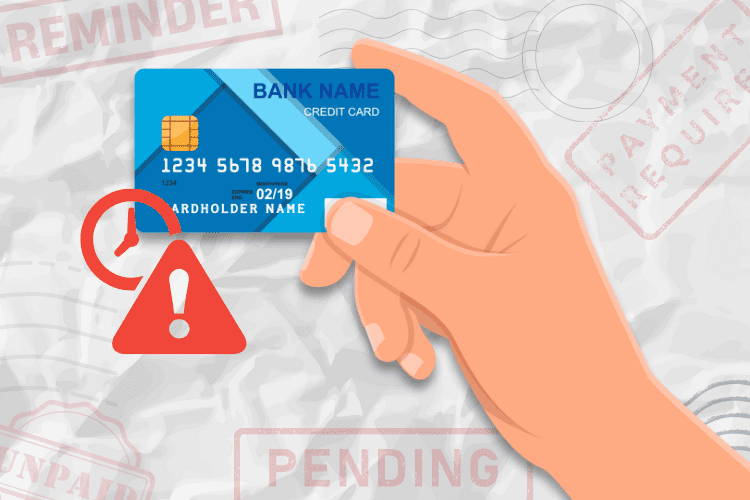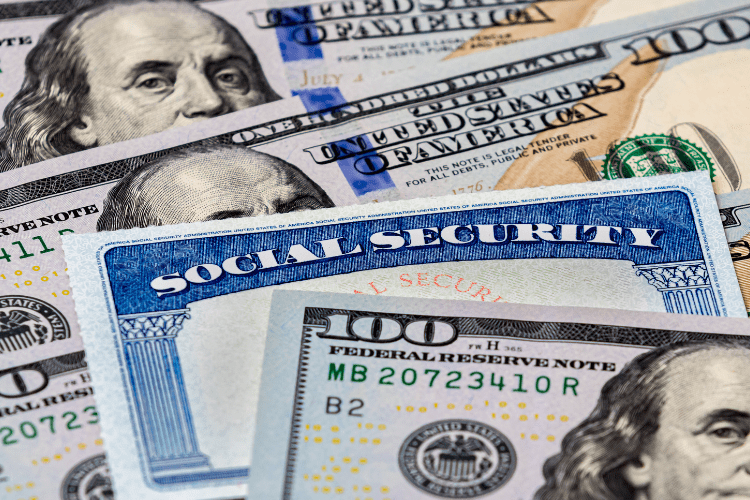5 Things to Cut Out if You’re Serious About Your Budget

Creating a budget is one thing. Sticking to it is another. If you’re struggling to stay within the boundaries set by your budget, you probably need to adjust your spending habits.
After all, it’s easy to overlook some of the main culprits that force you to stray from your trusty budget. You might not realize just how much the small costs add up to equal major spending.
If you’re serious about creating and keeping a budget that does its job, start by cutting out the following five pitfalls.
Cell Phone Plan
Twenty years ago, cell phones barely existed, which means their hefty monthly bills didn’t exist either. Today, most families spend a few hundred dollars a month on plans and increasingly expensive devices.
One of the best ways to trim is to ditch your cell phone plan for a prepaid option. It’s easier than ever to find prepaid plans that offer the data, texts, and calls you need to stay connected to your world, but at a fraction of the price.
For example, a regular T-Mobile plan offers four lines for $140/month. Each line receives unlimited data, minutes, and text messages. However, once you add in the price of the phones themselves on each line (assuming $20/month over 24 months), you end up paying more than $200/month for your cell phone service. And that’s before any sneaky extra, fees, taxes, and upcharges.
Many prepaid services, on the other hand, offer unlimited text, calls, and data at 2.5GB or 5GB speeds for less than $50 a month. Virgin Mobile, for example offers a 5GB prepaid plan with unlimited minutes and messages for just $35/month. If you already have a cell phone, or buy an older model at a great discount, you can save hundreds each month compared to your current three-figure service plan.
If you don’t have data needs at all, you can find cell phone service for next to nothing. Ting offers a “Ting Small” plan for just $12/month for such people. If you’re determined to trim your phone budget at any cost, definitely consider this option.
Daily Coffee
More than 400 billion cups of coffee are consumed each year around the world. You’re definitely not the only one who counts on that morning cup from Starbucks or Dunkin to stay alert during the day. But what is it doing to your budget?
Assuming a basic cup of coffee costs $3 and that’s before we consider the upcharges for fancy frappuccino drinks), you will spend nearly $100 a month on your coffee habit. That’s more than $1,000 a year.
Cutting coffee entirely is the best option for your bank account, but if you can’t give up your caffeine entirely, try making it at home instead, and carrying it with you in a thermos. A bag of coffee grounds only costs $5 or $10 but lasts you much, much longer than the two or three cups of coffee you could purchase for that amount.
Expensive Grooming
You deserve to look and feel your best, but a $25 haircut can get the job done just as well as a $100 haircut. By shaving down the amount of money you spend on nice but unnecessary indulgences like haircuts and spa visits, you can achieve your budgeting goals much easier.
Your Car
Cars are expensive! Not just to purchase, but to maintain. There’s auto insurance, oil changes, regularly scheduled maintenance, repairs, and gas to consider as well. If you live in a city with reliable public transportation, consider selling your car to avoid so many incidental costs. You’ll be able to save hundreds, if not thousands, a month this way.
If it would be impossible to get around without a car, take these steps to minimize the amount of your budget that gets eaten up by your vehicle:
- Buy a car with excellent fuel economy
- Use GetUpside, an app that offers cash back on your gas purchases
- Shop around for car insurance to find the best rate
- Perform simple repairs yourself
Eating Out/Ordering In
If you’re like most Americans, this category is your budgeting downfall. Eating out or ordering in is one of the most popular ways to unwind after a long workweek, celebrate with friends, or share time with a spouse. But this indulgence adds up quickly.
According to a report by the Bureau of Labor Statistics, the average household spends more than $3,000 per year on dining out. It could be even more in your family. Try limiting eating out and ordering to once per month as a special event. You’ll appreciate the convenience more when it’s a rare luxury… and your bank account will definitely appreciate the extra few thousand dollars it maintains!
Don’t wait to get out of debt! Read this: A Complete, Step-By-Step Guide to Get Out of Debt.










